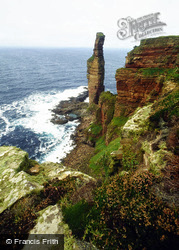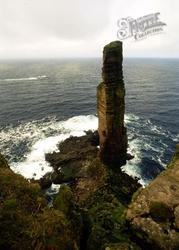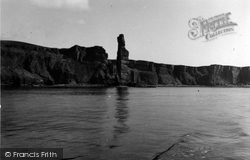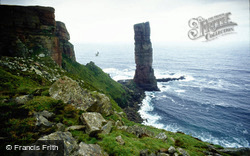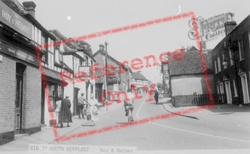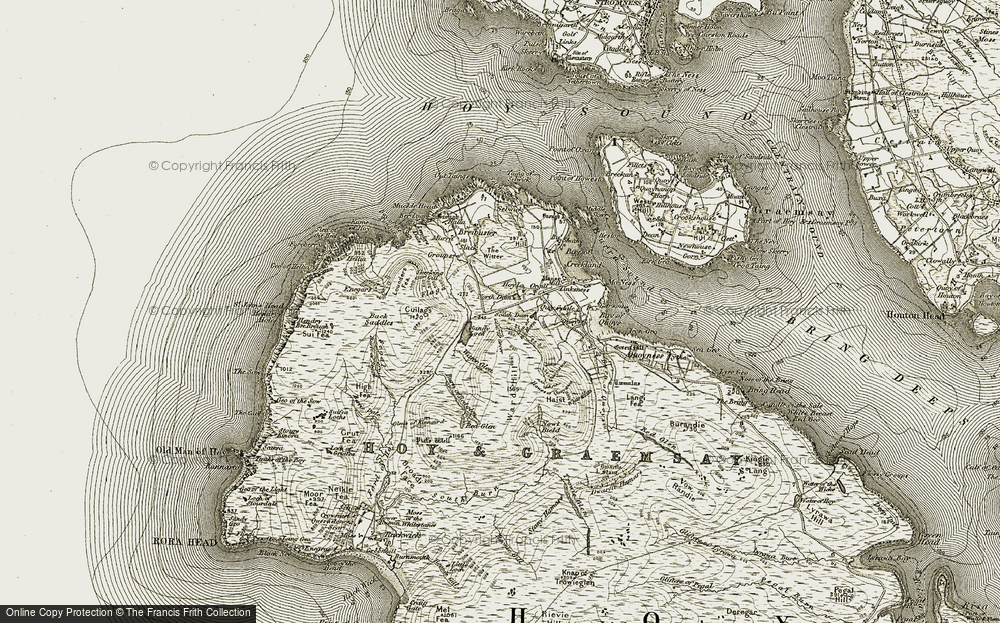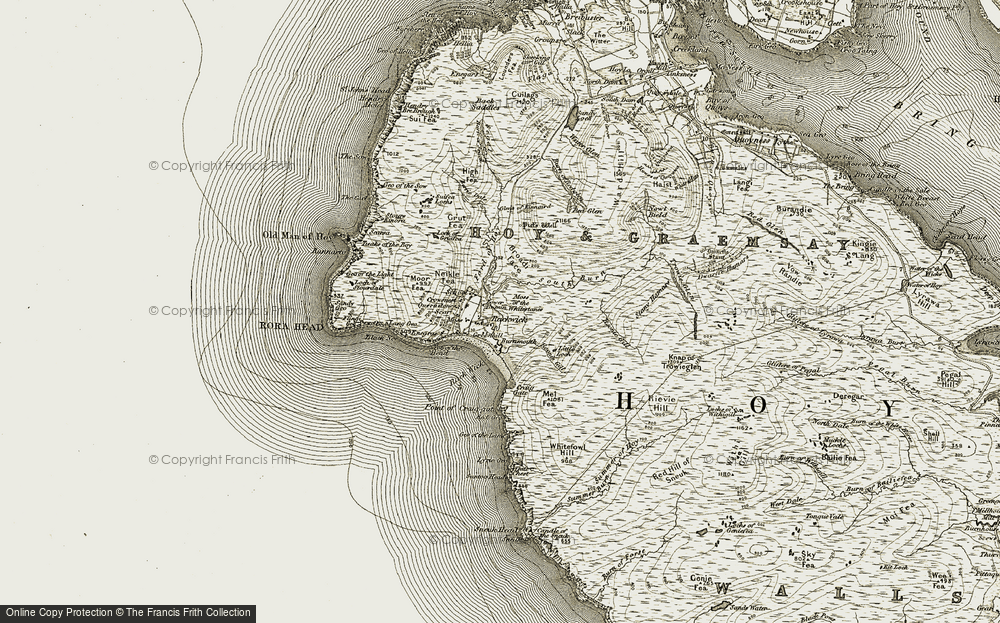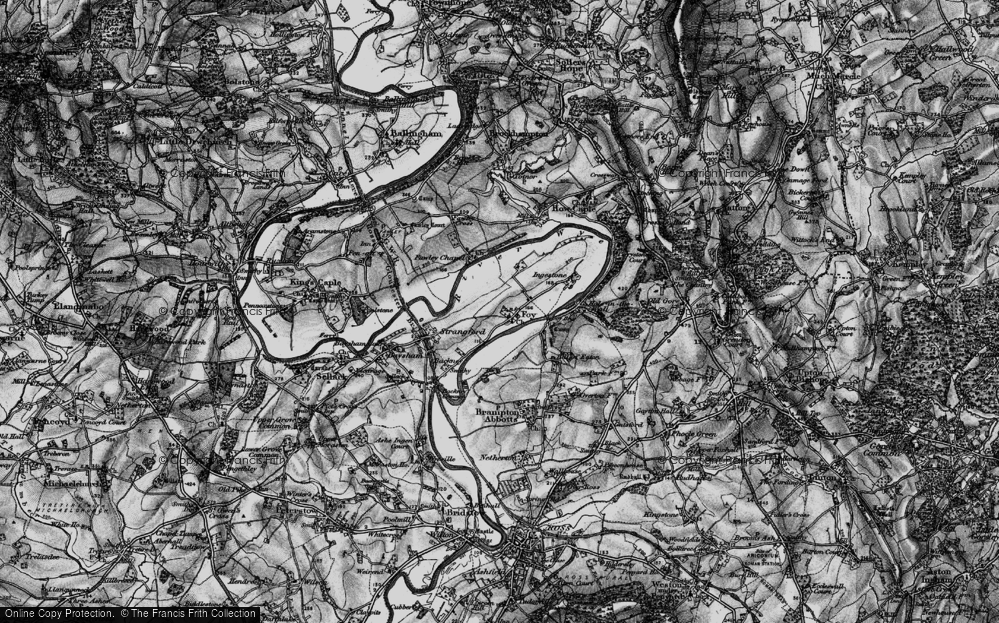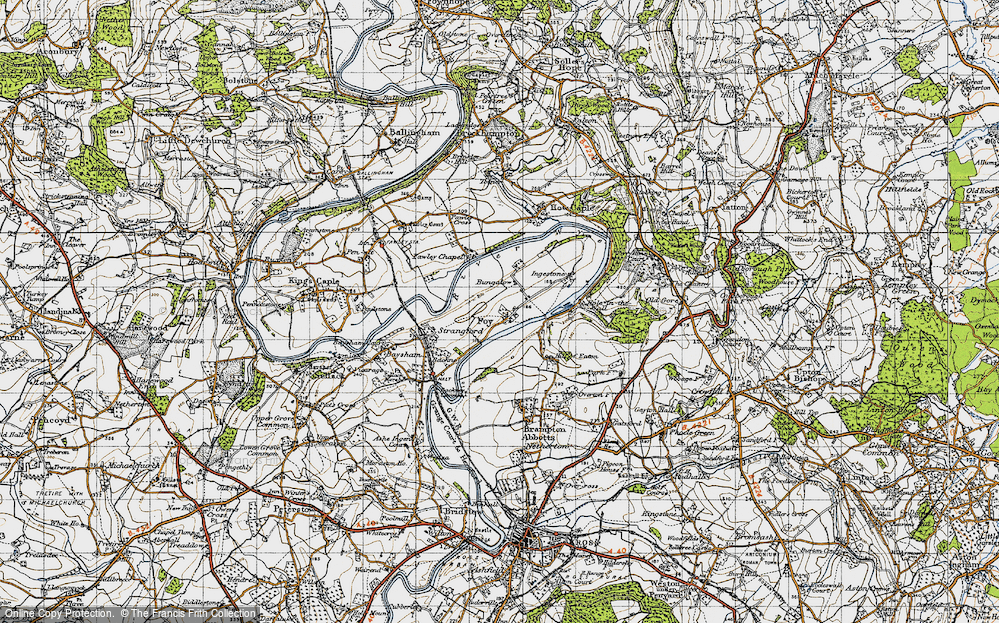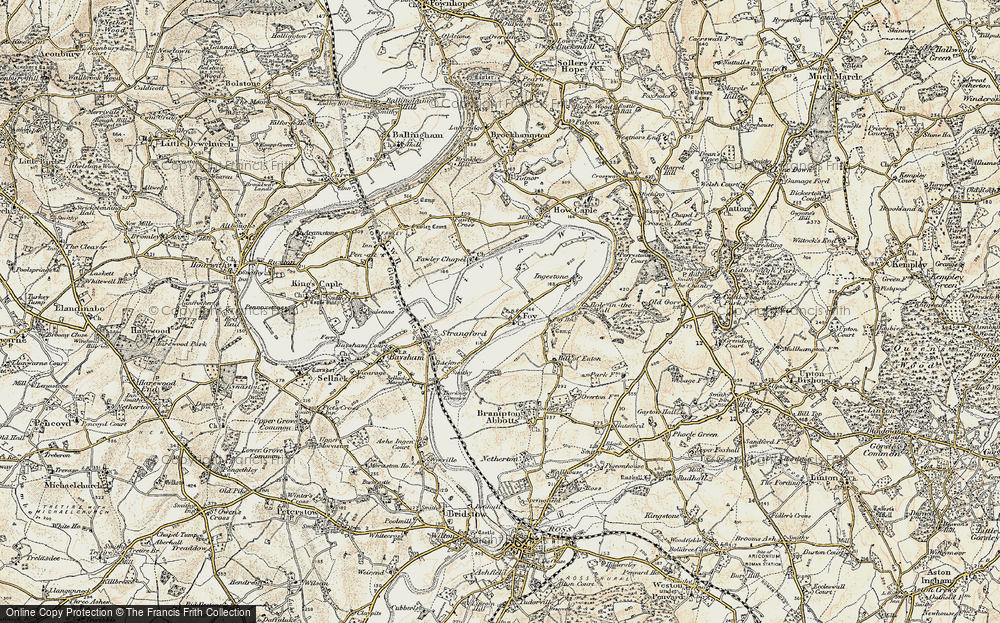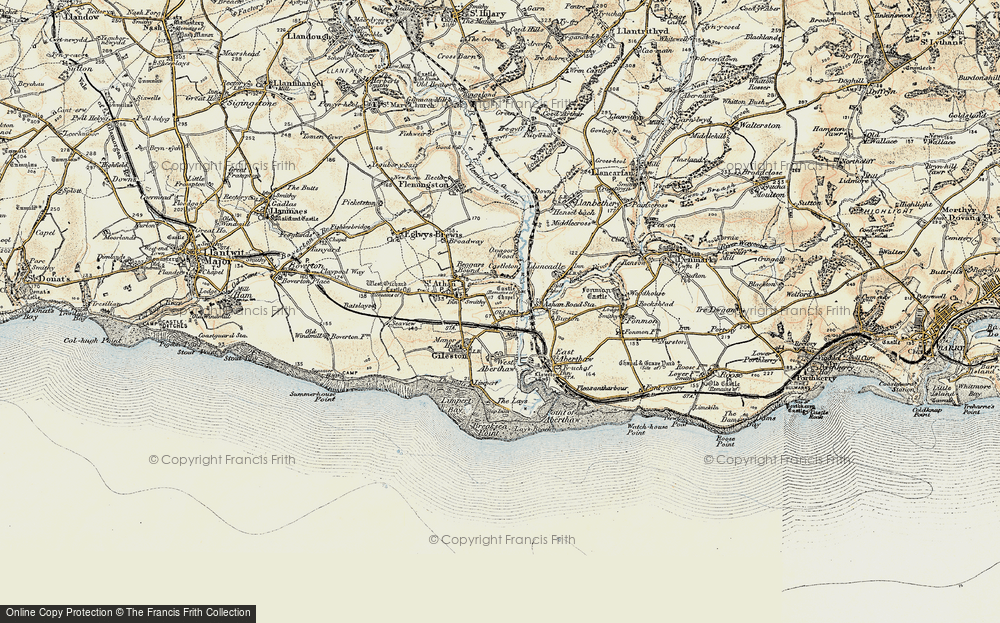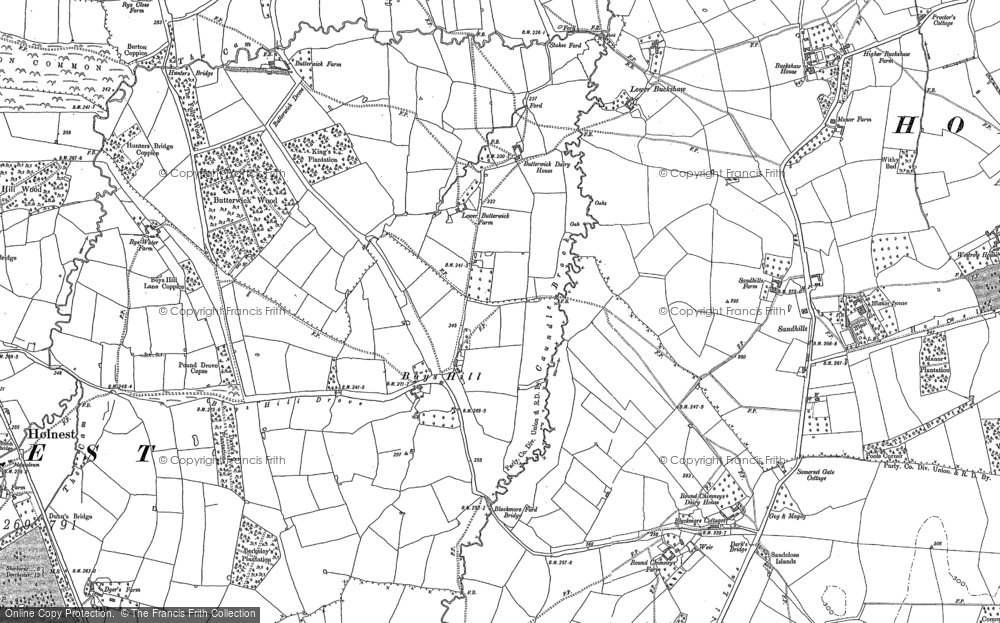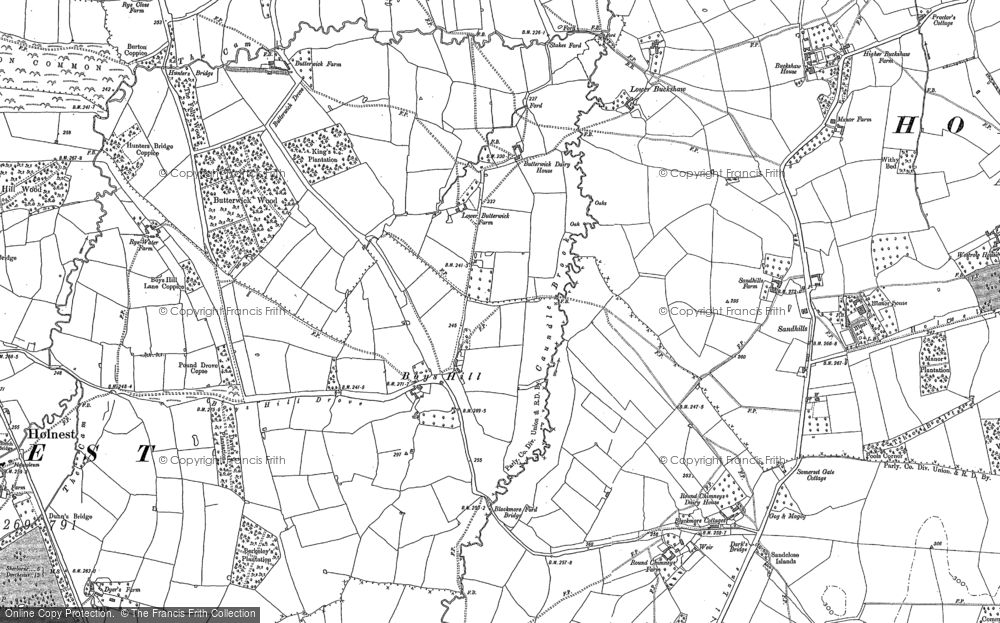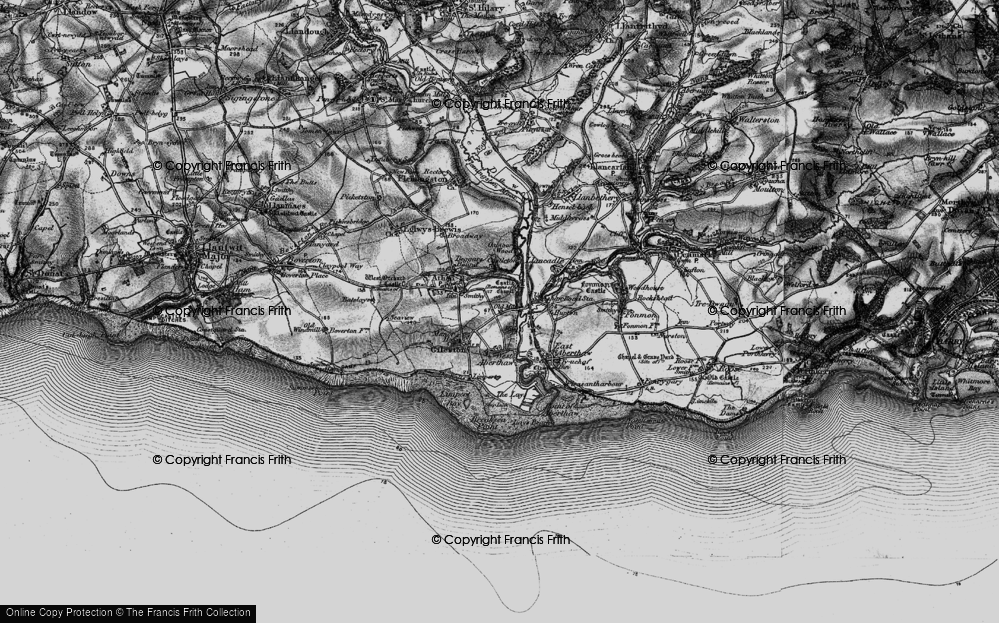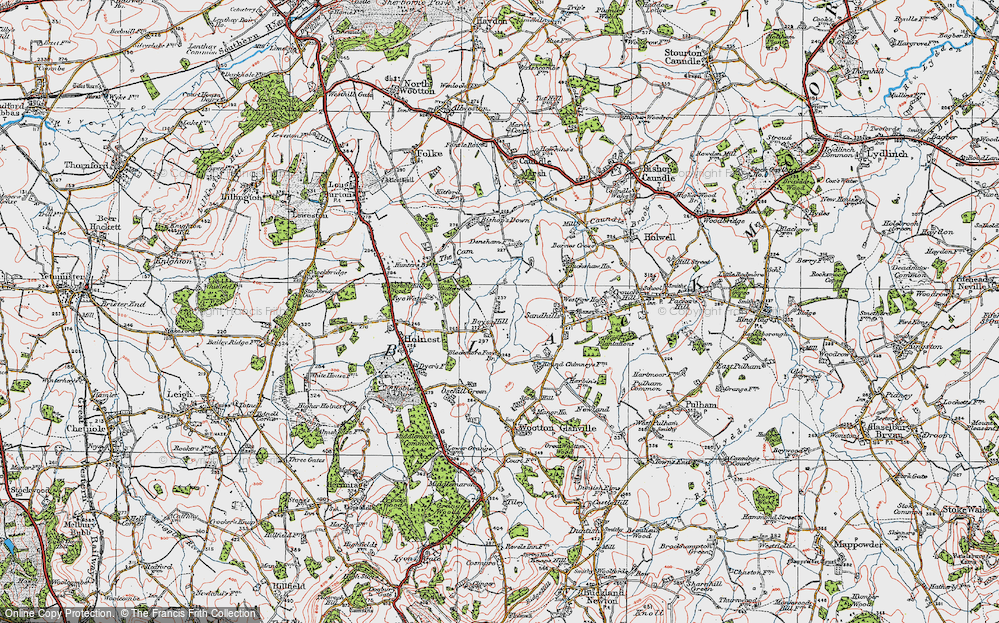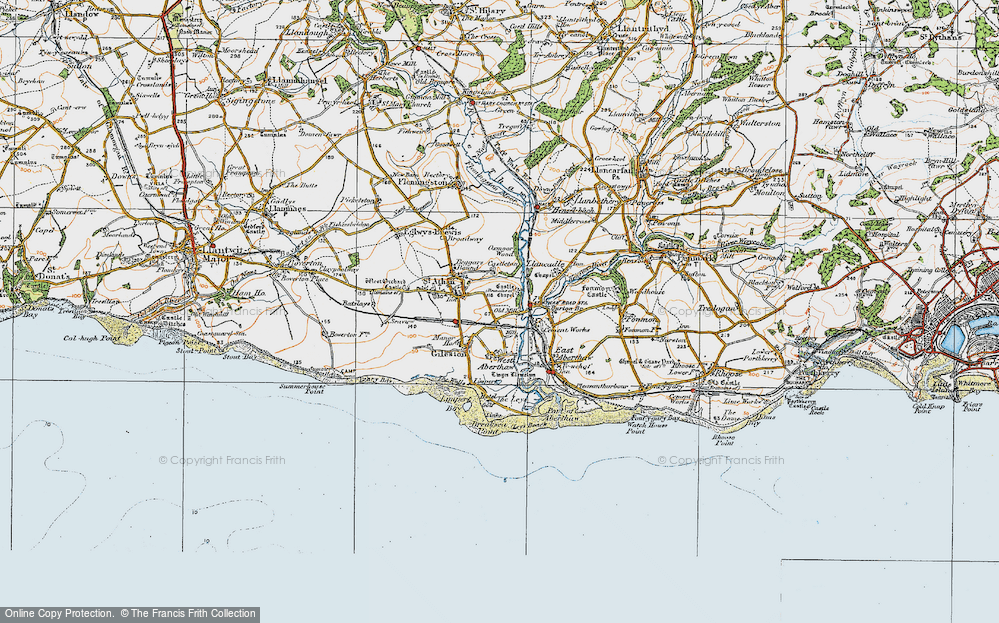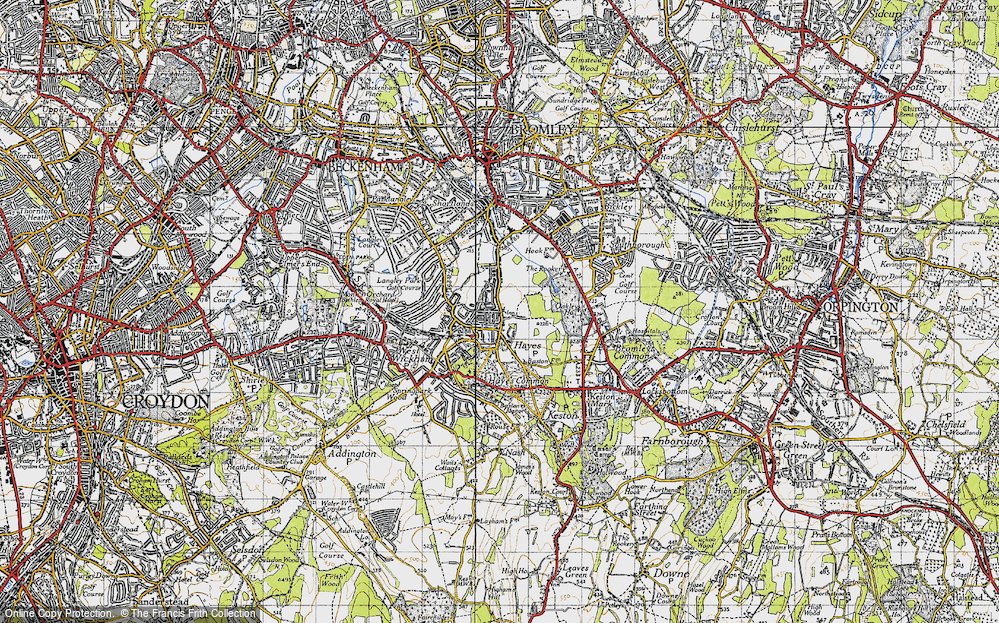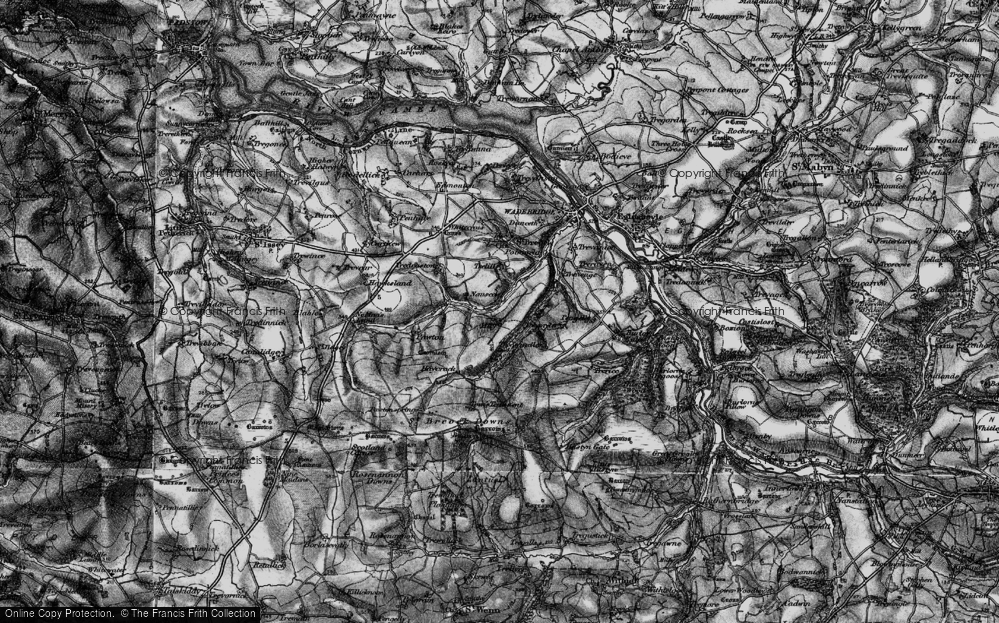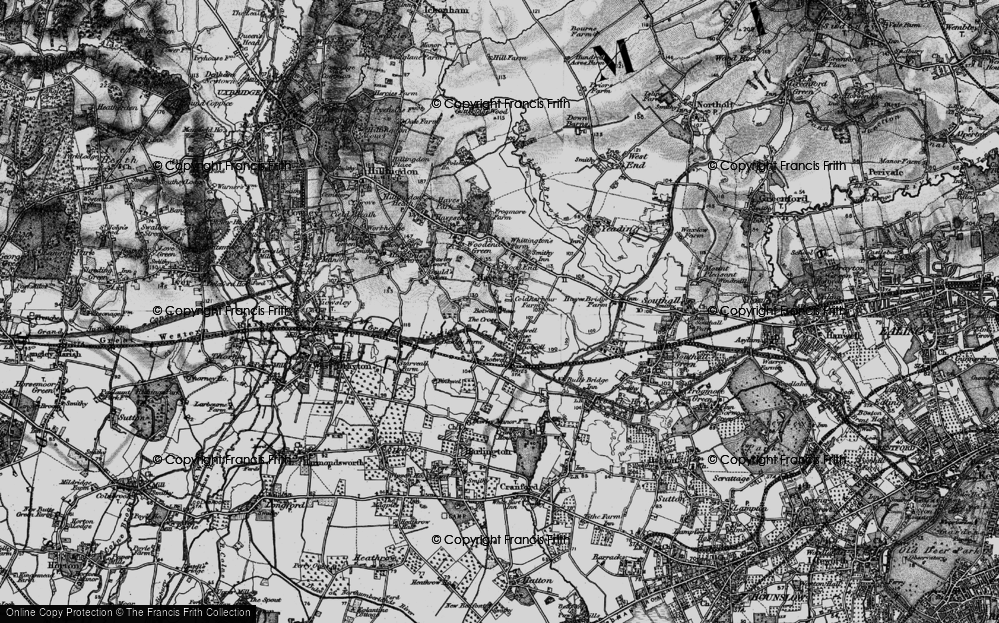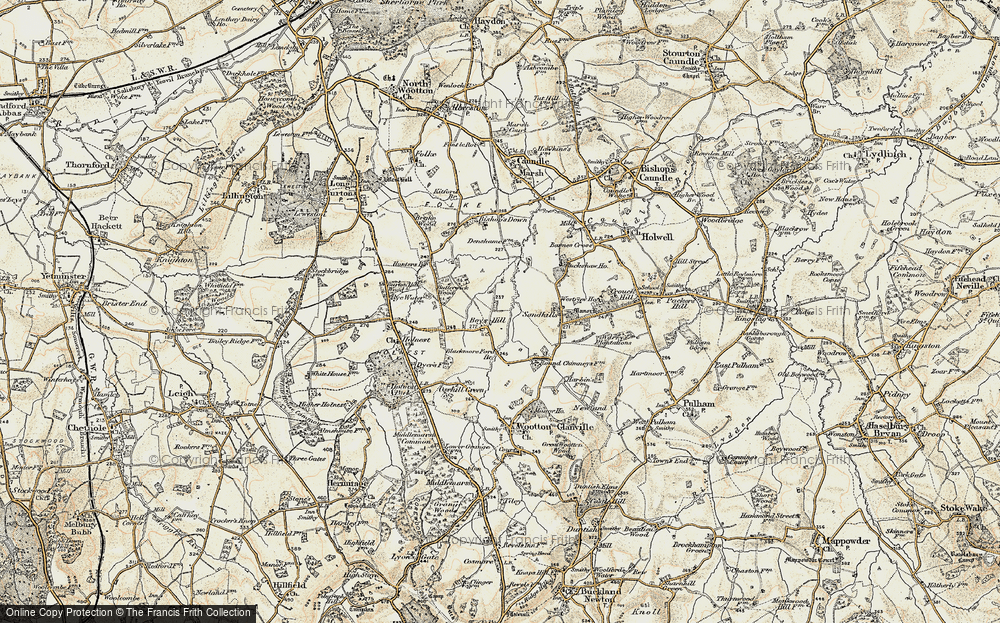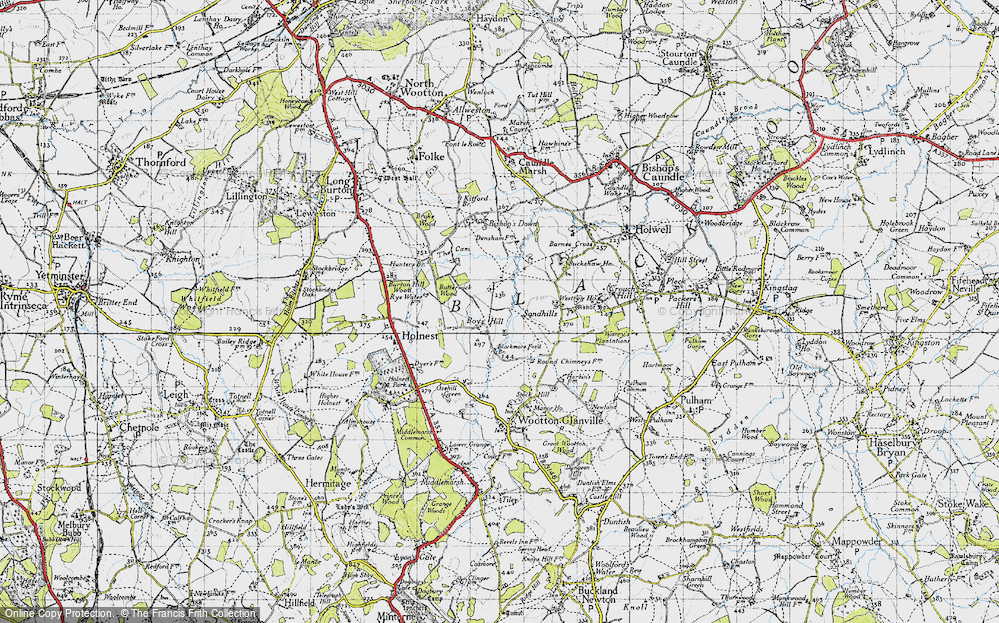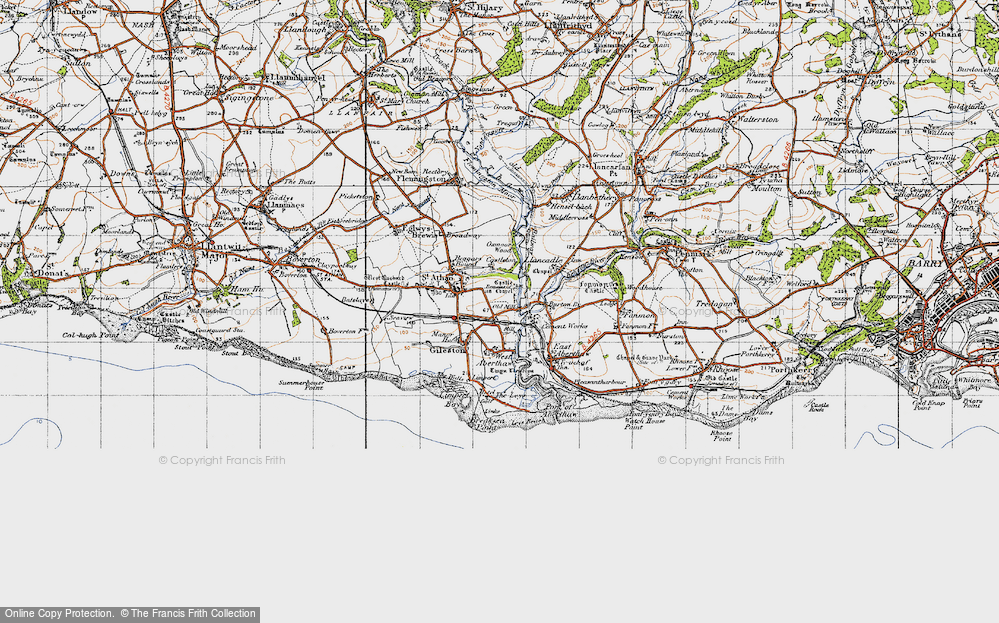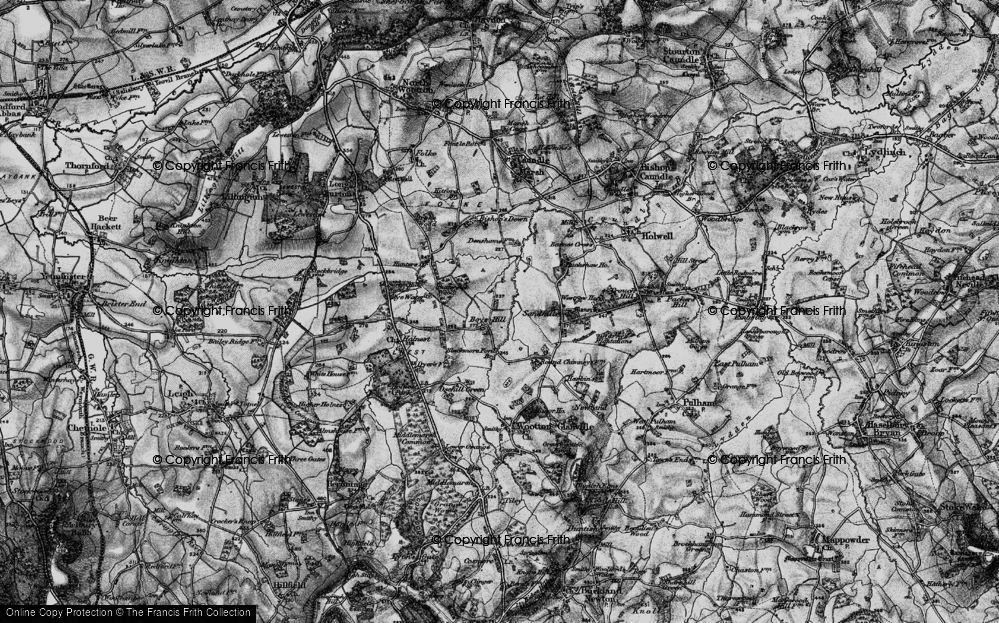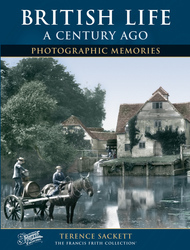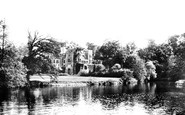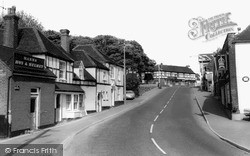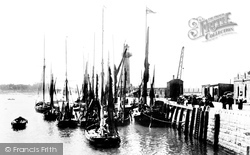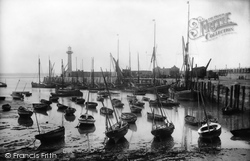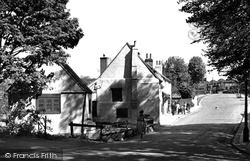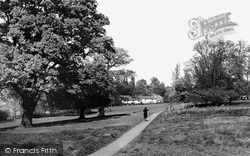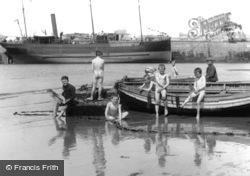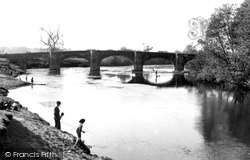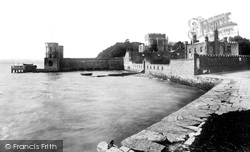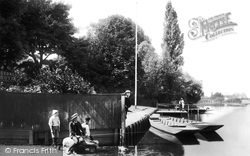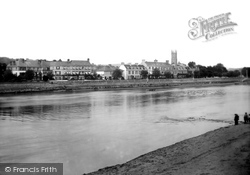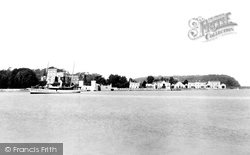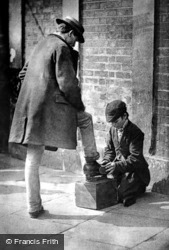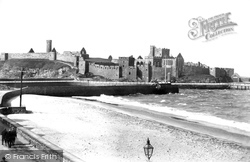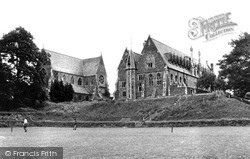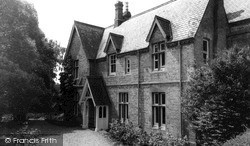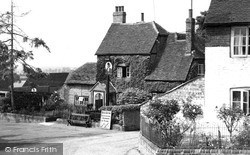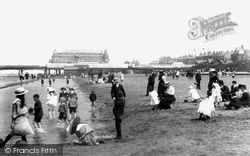Places
2 places found.
Those places high-lighted have photos. All locations may have maps, books and memories.
Photos
6 photos found. Showing results 1 to 6.
Maps
69 maps found.
Memories
3,877 memories found. Showing results 1 to 10.
Memories Of My Widnes School Days
Having lived the first 25 years of my life in Widnes ,I have many happy memories of my school days there. Born in Dundalk Lane in 1940, from 1943 until 1945, I attended the Nursery,situated next to Ditton County ...Read more
A memory of Widnes by
Lord Mayor Treloar Hospital Sandy Point
At the age of 12 I was a patient at Treloars in Alton, having been diagnosed as having TB knee - a clout with a cricket ball was a little more serious than just a swollen knee, and I was sent to ...Read more
A memory of Hayling Island in 1953 by
Great Schooldays!!
I was born in 1943 in Mancot and lived in Shotton. After the eleven plus I arrived at Hawarden Grammar school. The first two years were easy enough but in Form3, I noticed all the boys studied Science and all the girls had to take ...Read more
A memory of Hawarden by
Princes Road
I was born in 1953 at 71 Princes Road, in 1955 we moved to 10 Church Road where I lived until 1969 when I left home. I went to Princes Road Boys school where Mr Carr was the Head and some of the teachers were Miss Gardiner, Mrs ...Read more
A memory of Buckhurst Hill by
Worthing Front Or Silverstone
In about 1935, when I was 5 years old, my Grandfather used to take us all on gentle rides into the South Downs from his home at 11 Gaisford Road in his circa 1930 Hillman Minx. The beloved Minx was not turbo-charged ...Read more
A memory of Worthing in 1930 by
Henrietta Hope Porter
Growing up I had a good friend and neighbour, who I knew as 'Miss Porter'. She inherited her house from her Uncle who (according to her comments to a young boy) used to be a footman to Queen Victoria and was the first owner ...Read more
A memory of Guffogland by
The Day The Pub Got Blown Up
Does any one remember the local pub in Sturry, that got blown up in ww2, my dad saved a little boy, but through shock, the young lad later died. Does any one remember the ODELL family who lived in ROOKERY NOCK? Would ...Read more
A memory of Sturry in 1944 by
Waifs And Strays Society
From approximately 1939-1945 the house was taken over by the Waifs and Strays Society becoming a home for 40 boys. They had moved from Chislehurst, Kent. The house was also used as a landmark by German bombers during their attacks on Coventry.
A memory of Warwick in 1940 by
The 50s At School
I remember starting school at the 'old' school and then after 3 years moving to the new school - it seemed huge and daunting and many of us got lost in the first few weeks. Pyrford was great to grow up in then - we had fields to ...Read more
A memory of Pyrford in 1959 by
My Early Years In Salford
I was born in Salford, at 15 School Street in 1951. My first school was Stowells Memorial, I think the headmistress was a Miss Dent. There was a butchers shop one the corner with the same name as our family, but I don't ...Read more
A memory of Salford in 1951 by
Captions
516 captions found. Showing results 1 to 24.
The Hoy & Helmet, on the left, was originally built in the 15th century, with later extensions. A hoy was a broad sailing boat used to transport farming produce.
They came originally in the famous Margate 'hoys', and later by steam packet.
During the reign of Elizabeth I this little port also maintained about twenty small sailing boats, locally called 'hoys', which carried passengers along the coast and on the Thames.
During the reign of Elizabeth I this little port also maintained about twenty small sailing boats, locally called 'hoys', which carried passengers along the coast and on the Thames.
(Stephen G Hoye) The new Roman Catholic church is a very interesting building. ITV broadcast one of their morning services from here.
(Stephen G Hoye) This shows the layout of Enfield town in 1572.
(Stephen G Hoye) This shows the layout of Enfield town in 1572.
Although the bathing boys are the subject of this photograph, of particular interest is the steam coaster alongside the new pier in the background, where construction work still appears to be going on.
Boys stand in their boats and paddle near the rapids, while others fish around on the bank without a concern in the world, as boys have probably done here for centuries.
In 1907, Robert Baden Powell held a camp for boys on the island, which laid the foundations for the Boy Scout movement.
A young boy looks out around the fence of the George Hotel, his attention drawn not by the other boys fishing nearby but by the photographer.
A small collection of boys (extreme right) dressed exact- ly as one would expect of the era are doing what little boys have always done alongside rivers: enjoying themselves and getting filthy!
In 1907, Robert Baden Powell held a camp for boys on the island, which laid the foundations for the Boy Scout movement.
At this time boys were often in their teens before they got a pair of long trousers. Jeans were unheard of, and the design of children's clothes had hardly changed for thirty years.
In 1907, Robert Baden Powell held a camp for boys on the island, which laid the foundations for the Boy Scout movement, which he initiated not long afterwards.
Sporting their red uniforms, the bootblack boys were a familiar sight on the streets of London. The Ragged Schools, Saffron Hill, set up the first society, and nine others followed.
The boys in the boat demonstrate that youngsters and the sea can rarely be separated. Whilst one sculls from the stern, the youngster in the bows keeps a keen look out.
In 1881 the Peel herring fleet consisted of 309 boats employing 2163 men and boys; the annual catch was worth around £11,000.
Notice the boys playing cricket in the foreground - old boys still come to play a game each year. Now an International College, St Michael's was formerly a choir school.
Located at the corner of Stockerston Road and South Backway, West Bank was built in 1866 by Howard Candler, 'a small, energetic mathematician', who always refused to have more than six boys boarding.
The straw-hatted boy peers round the fence of the George Hotel from its riverside garden; another boy fishes.
From the rear of the Black Boy are fine views towards North Marston, the hill dropping sharply into the valley.
The fashions of the day are interesting; both boys and girls wear blouses similar to those worn by sailors of the Royal Navy.
At this time boys were often in their teens before they got a pair of long trousers. Jeans were unheard of, and the design of children's clothes had hardly changed for thirty years.
Places (2)
Photos (6)
Memories (3877)
Books (1)
Maps (69)


